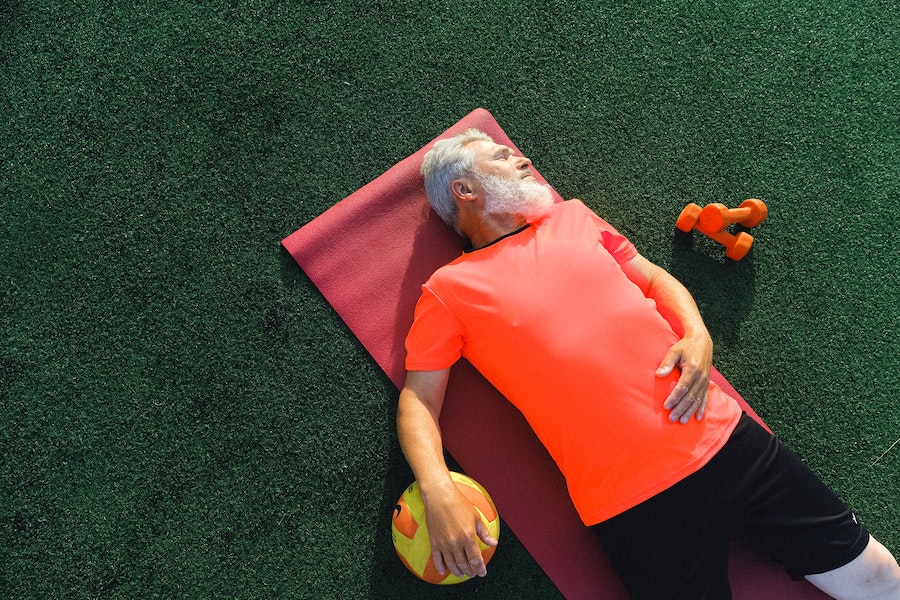
The Most Common Sports Injuries Every Athlete Should Know About
There isn’t an athlete on the planet who hasn’t suffered an injury at some point in his/her career. Unfortunately, injuries are an integral part of sports but there are ways to avoid the most common sports injuries by learning more about them. Even if you cannot avoid an injury entirely, learning more about it speeds up the recovery process.
The fatal blow to the shoulder
In the NFL, shoulder injuries in quarterbacks are a common occurrence. When they receive a strong blow to the throwing shoulder, it can get dislocated or sprained. In fact, every sport that involves rapid shoulder movements is risky for athletes, from tennis to handball.
The most common injury of the shoulder is rotator cuff injury. It involves the groups of muscles and tendons that surround the shoulder joint. When the rotation is too violent or you receive a strong blow to the shoulder while the muscles are tense, an injury is unavoidable.
For this reason, the best way to prevent a shoulder injury is to warm up well before every practice or match. If you do suffer a shoulder injury, you need to take some time off and use anti-inflammatory drugs to speed up the healing process.
Getting a runner’s knee
As the name suggests, a runner’s knee is a condition typically associated with running. However, this injury is common in other sports, as nearly all competitive sports involve sprints. The injury most often happens when the knee is positioned too high in the joint, resulting in sprains inside the knee.
The injury is aggravated if the thigh muscles are weak or if the hamstrings are too tight. However, the biggest cause of getting a runner’s knee is poor foot support, i.e. wearing uncomfortable and non-anatomic footwear. Placing supple hinged insoles will improve your gait and balance.
In order to prevent the feet from rolling while the thigh muscle pulls the kneecap forward, you need comfy sneakers. If you feel that your running shoes and/or insoles are uncomfortable, replace them immediately. Like a shoulder injury, a runner’s knee is treater through rest and anti-inflammatory medicine.
Plantar fasciitis: Dealing with heel pain
If you are feeling a sharp pain in the heel, then you are most definitely dealing with plantar fasciitis. Essentially, this is an inflammation of a thick tissue that is located at the bottom of your foot, connecting the heel bone to the toes.
Plantar fasciitis manifests through a stabbing pain first thing in the morning. The pain subsides during the day but it can return after long periods of inactivity, such as sitting or standing. People with obesity have an increased risk of plantar fasciitis because of the extra pressure on the heel.
The worst method of self-treatment is changing the way you walk, as this can cause foot, knee, hip, or back problems. A non-invasive plantar fasciitis treatment is done using shockwave therapy and it doesn’t come with any side effects. The therapy may reduce pain and muscle tightness.
We have all sprained an ankle
There isn’t a child or an adult on the planet who hasn’t sprained an ankle at least once. The intensity of the sprain can vary significantly, depending on the activity you were performing at the time. In athletes, the most common causes for a sprained ankle are sprints with sharp, sudden turns.
During these motions, the ankle joint gets twisted or turned unnaturally, so bands of tissue are stretched too far or torn entirely! This can be quite painful and it is followed by swelling and limiting your mobility. By far, the best way to treat a sprained ankle is RICE: rest – ice – compression – elevation.
Immediately after the injury, you need to lie down, apply ice packs to the affected area, wrapping the ankle with an elastic bandage, and finally raise the leg above the level of the heart. This reduces swelling by improving blood circulation.
Treating split shins
Split shins are the major cause of pain in the shin bone, i.e. the tibia. The injury is common in dancers and runners and in general, every sport that involves running for extended periods. The cause for the pain is an inflammation of the muscles surrounding the inner side of the shinbone.
In most cases, a split shin is a result of abruptly intensifying the training routine. Simply put, muscles, bone tissue, and tendons get overworked, as they cannot facilitate the increased loads and stress. The effect of split chins can be somewhat assuaged by wearing comfy shoes and stretching before a workout.
List other most common athletic injuries, split shins are treated by the aforementioned RICE technique. As soon as you experience pain and soreness along the inner side of your shinbone, you should stop exercising, apply RICE, and take anti-inflammatories.
Apart from these 5, there are many more injuries in sports, from a chipped tooth to a fractured bone. However, a sprained ankle and similar injuries are the ones you need to learn more about, not only to prevent them but to treat them properly when they occur.